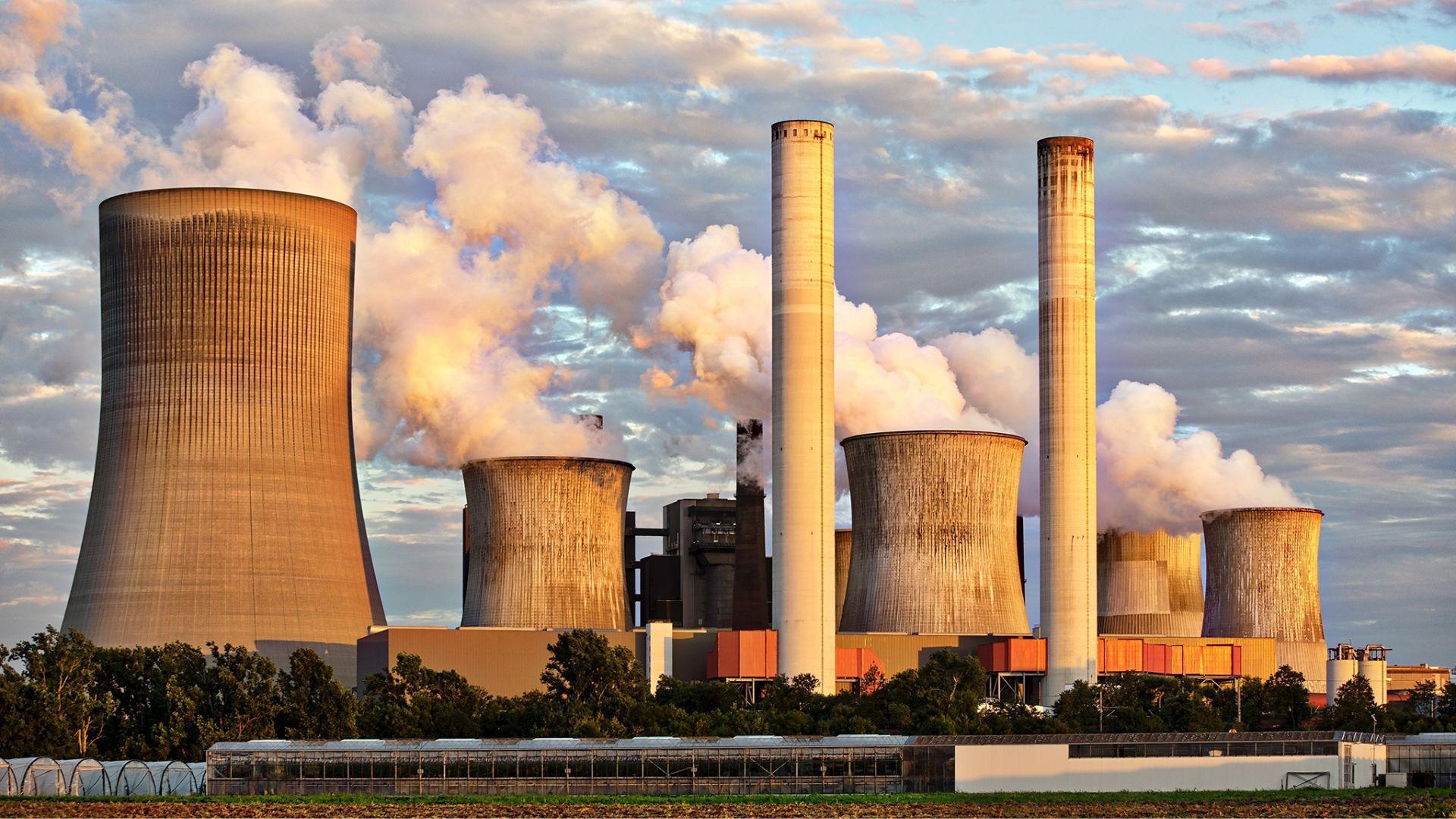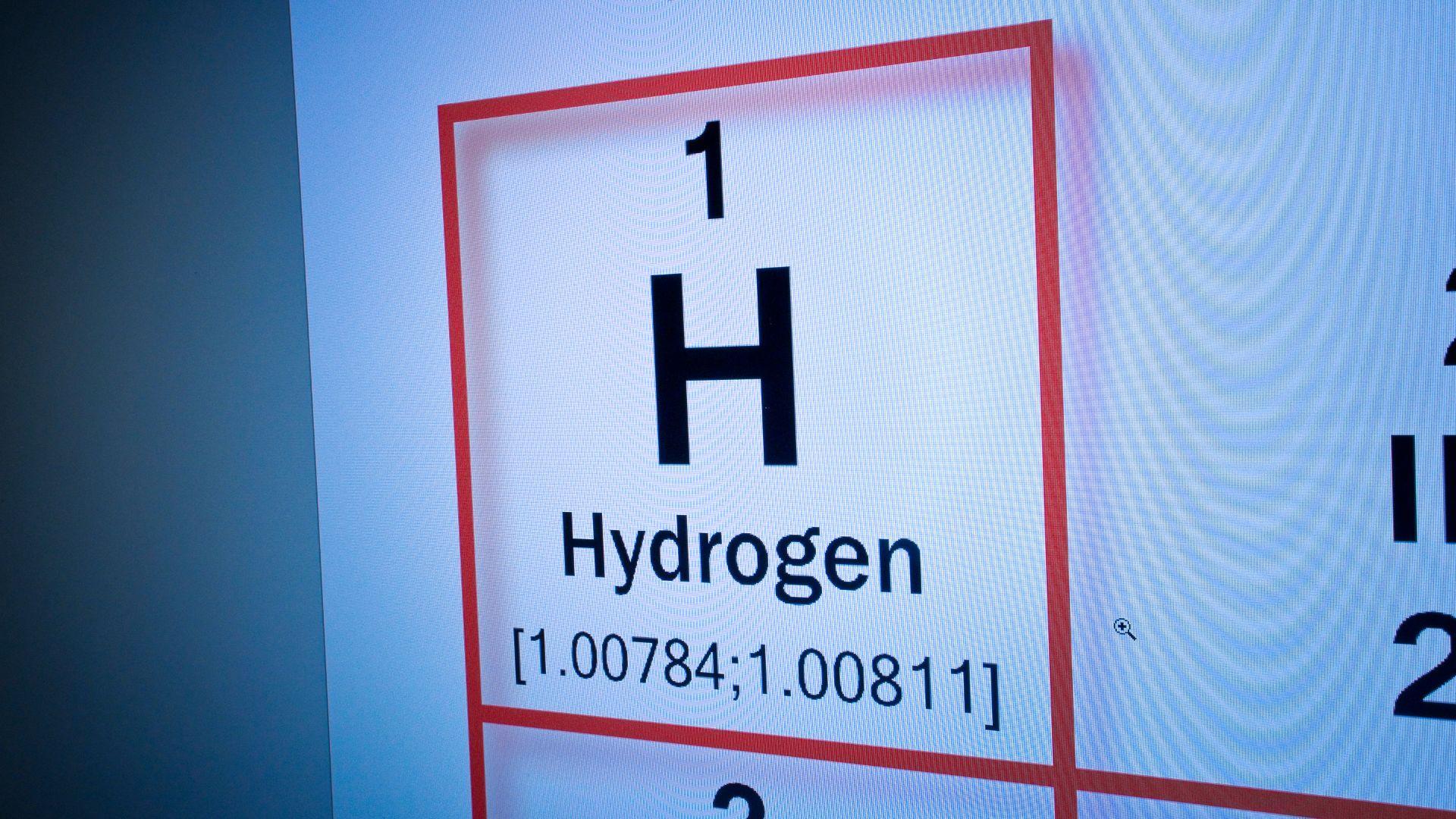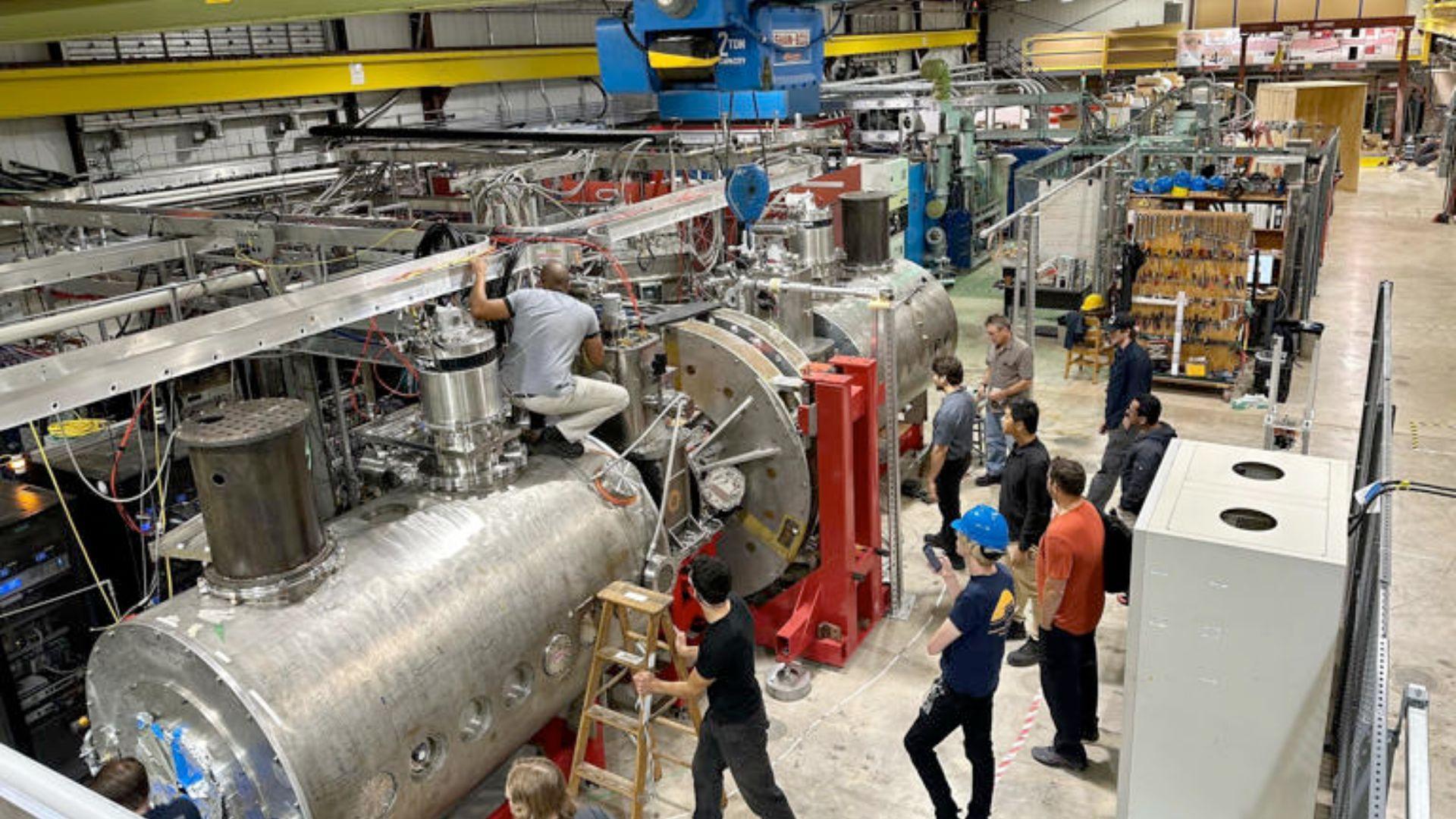A team of University of Wisconsin-Madison scientists have made an enormous advancement in their pursuit to create a clean, reliable, and powerful source of nuclear energy.
Existing nuclear technology creates a large amount of radioactive waste. This new approach may not only change the way nuclear energy is produced, but also the entire future of energy.
The Importance of Energy

Virtually everything we rely on today needs energy to operate—cars, phones, computers, microwaves, refrigerators, and so many other objects we interact with day-to-day.
Every year, the amount of energy we need goes up. However, generating energy comes at an enormous cost to both our society and our environment.
Fossil Fuels and Renewable Energy

Fossil fuels account for 60% of the electricity used in the US. Energy sources like coal, petroleum, and natural gas are fossil fuels. Unfortunately, they cause climate change by releasing enormous amounts of greenhouse gasses. Climate change causes temperatures to go up and fuels natural disasters like wildfires and hurricanes.
Renewable energy sources like solar and wind power are good in theory but are unfortunately unreliable. They account for 21% of the US’s energy. The other 19% of the US’s energy is from existing nuclear energy. The current way that nuclear energy is made generates radioactive waste that will last centuries.
Harnessing the Power of the Sun

We need a cleaner and reliable source of energy. Scientists hypothesize that if we can replicate the reaction that has powered the sun for 4 billion years, we could achieve this goal. This reaction does not produce greenhouse gasses, has easier-managed radiation, and it burns hydrogen, which is plentiful on Earth.
Unfortunately, this is a difficult task to attempt. Over the last 70 years, there have been several failed endeavors to recreate the nuclear fusion reactions that power the sun. Luckily, modern technological advancements have meant that this goal is closer than ever.
Nuclear Power: Fission vs. Fusion

Nuclear energy that is created today uses a reaction called fission. Nuclear fission works by splitting uranium atoms, which releases large amounts of energy. This process creates significant radioactive waste, which is difficult to store safely.
Fusion binds atoms instead of splitting them. It relies on hydrogen, which is a readily available resource. The nuclear fusion reaction releases a burst of energy. Bill Dorland, a professor of physics at the University of Maryland, explained, “It’s a very common reaction in the universe… It’s just that we don’t have stellar conditions here on earth.”
Harnessing the Energy of Nuclear Fusion

Dorland explicated, “To make fusion, you have to superheat hydrogen to hundreds of millions degrees.” Harnessing the energy generated from fusion reactions is extremely challenging for scientists. The hydrogen atoms are terribly hard to control.
In order to fuse, all of the required atoms have to be very close together, too. Hydrogen is a very light gas and will disperse unless it is contained. Fusion occurs naturally on the Sun, and the strong gravitational pull keeps hydrogen atoms from dispersing. On Earth, scientists can similarly keep hydrogen contained with magnets, but this is an incredibly difficult feat.
The Problem With Magnets

Dorland explained that “Back in the day, they used copper magnets,” which require a lot of energy. These magnets are not effective for the amount of power they require, so if a new kind of magnet could be created, it would be very beneficial.
Luckily, Cambridge Fusion Systems in partnership with a group of scientists at MIT have made rare earth barium copper oxide superconducting magnets. These magnets are smaller, more powerful, and need less energy to run.
A New Magnet, a New Approach

Cary Forest, a professor of physics at the University of Wisconsin-Madison and chief scientific officer at Realta Fusion, has been working on a nuclear fusion device for the last four years. The fusion prototype device is known as Wisconsin HTS Axisymmetric Mirror or WHAM.
Last year, Forest’s project received more than $10 million from the U.S. Department of Energy and Khosla Ventures. Although his team is using the magnets from Cambridge Fusion Systems, Forest’s fusion device is unique and, according to Forest, much simpler.
The UW-M Fusion Device

Inside of a powerful vacuum, Forest introduced a puff of hydrogen and heated it to about 1 million degrees Fahrenheit. The special magnets held the super-heated gas in place, which resulted in a 50 millisecond flash of plasma.
This is a huge step for nuclear fusion and energy in general, but there is still a long way to go. “This reactor is kind of a prototype,” Forest said, “It’s not intended to make as much energy as we put in.”
The Potential Impact of this Breakthrough

Forest and his team will spend the next year testing the WHAM prototype. If it works as they expect, they will start building a device that can generate energy. Dorland made sure to say that Forest’s team has “got to demonstrate they can control it.”
Dorland has been working on nuclear fusion for 30 years. “It’s pretty exciting that they have these new kinds of magnets and there’s lots of good ideas for how to use them,” he said. The final technology is still several years away and will certainly face many technological hurdles, but Dorland—and many scientists around the world—are hopeful that this new technology will lead to a new future of energy.

